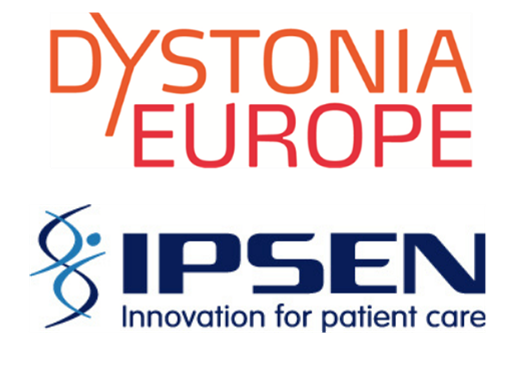The first cervical dystonia patient experience map was published in February in the peer-reviewed publication, the Orphanet Journal of Rare Disease.

The development of the new map was a collaboration between Dystonia Europe and Ipsen and was underpinned by research of people living with cervical dystonia in the UK, Italy and France to shine a light on the changing emotional and medical experiences present during different stages of this condition.
It revealed that the experience of living with this neurological movement disorder was often associated with multiple barriers to accessing holistic care, from pre-diagnosis to long-term management. Findings showed that patients were referred up to 10 different specialists for diagnosis and over half (53.3%) had received ≥ 1 misdiagnosis.

Even after a diagnosis and treatment plan are in place, people living with cervical dystonia have reported a “roller coaster” of relief associated with treatment of symptoms and the associated impact on daily life towards the end of a treatment cycle.
The need for movement disorder centers to develop and reinforce links with the allied services to enable a multidisciplinary management plan for cervical dystonia was also evident as the research indicated that patients were often left to seek complementary services such as physiotherapy and psychosocial support themselves.
As one of the most common forms of adult-onset dystonia, the impact of cervical dystonia has until now been widely underestimated, the new patient experience map highlights, that by listening to patients, gaps in service provisions can be seen through their eyes.
Dystonia Europe and Ipsen will continue to work together to ensure that new opportunities for improvement and innovation can be identified and we look forward to discussing the implications shown on the patient experience map at the forthcoming Dystonia-DAYS 2022 Annual Conference in Copenhagen.
You can read the full publication in the Orphanet Journal of Rare Disease here.
The development of the Cervical Dystonia Patient Journey Map and editorial support for this article was funded by Ipsen.

